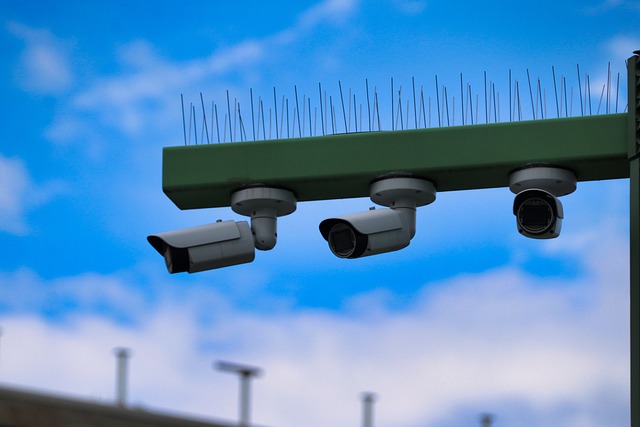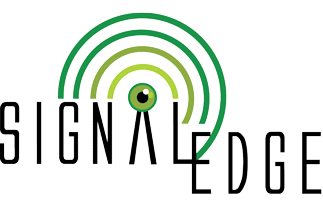Border Security
Border Security
 As reported back in 2006, Border Security was the star of DHS budget allocation. For starting with the 2007 Homeland Security Appropriations Act, HR 5441, which was signed by then President Bush, it is here that Congress began to generally lavish funds on border security IT projects. The big initiative being the SBI.net border technology deployment project. The projects were a) Border Detection Grid, b) Border Network c) Border Protection Pattern Discovery and Prediction, and d) Common Operating Picture. Taken together, the four programs would form an upgraded technology set to buttress our boarders’ physical barriers, including fences. Boeing Co. was to carry out most of SBI.net's technology operations under a $2 billion systems integration contract.
As reported back in 2006, Border Security was the star of DHS budget allocation. For starting with the 2007 Homeland Security Appropriations Act, HR 5441, which was signed by then President Bush, it is here that Congress began to generally lavish funds on border security IT projects. The big initiative being the SBI.net border technology deployment project. The projects were a) Border Detection Grid, b) Border Network c) Border Protection Pattern Discovery and Prediction, and d) Common Operating Picture. Taken together, the four programs would form an upgraded technology set to buttress our boarders’ physical barriers, including fences. Boeing Co. was to carry out most of SBI.net's technology operations under a $2 billion systems integration contract.
The concept developed of having a virtual net of infrared motion, heat, contact and distance sensors monitoring our boarders was well received, and initial proof of concept was encouraging. Nevertheless, network limitations and reliability failures began to pile up resulting in the cancelation of US Border Net project in January 2011 with billions of dollars wasted. It turned out that number of sensors functioning at an acceptable measurement rate would require a network infrastructure thousands of times larger than what was planned and would costs a fortune. For the Bordernet project to succeed, the potential resulting IoT vertical market would still have to perform at a rate beyond current industry standards. The United States’ southern border with Mexico is 1,933 miles long, stretching from the Pacific Ocean to the tip of South Texas. Some 700 of those miles have fencing in place. The 4,000-mile-long US/Canadian border has been described as the longest undefended border in the world.
Target: 6000 miles of US Border Territory averaging 800 sensors per mile.
